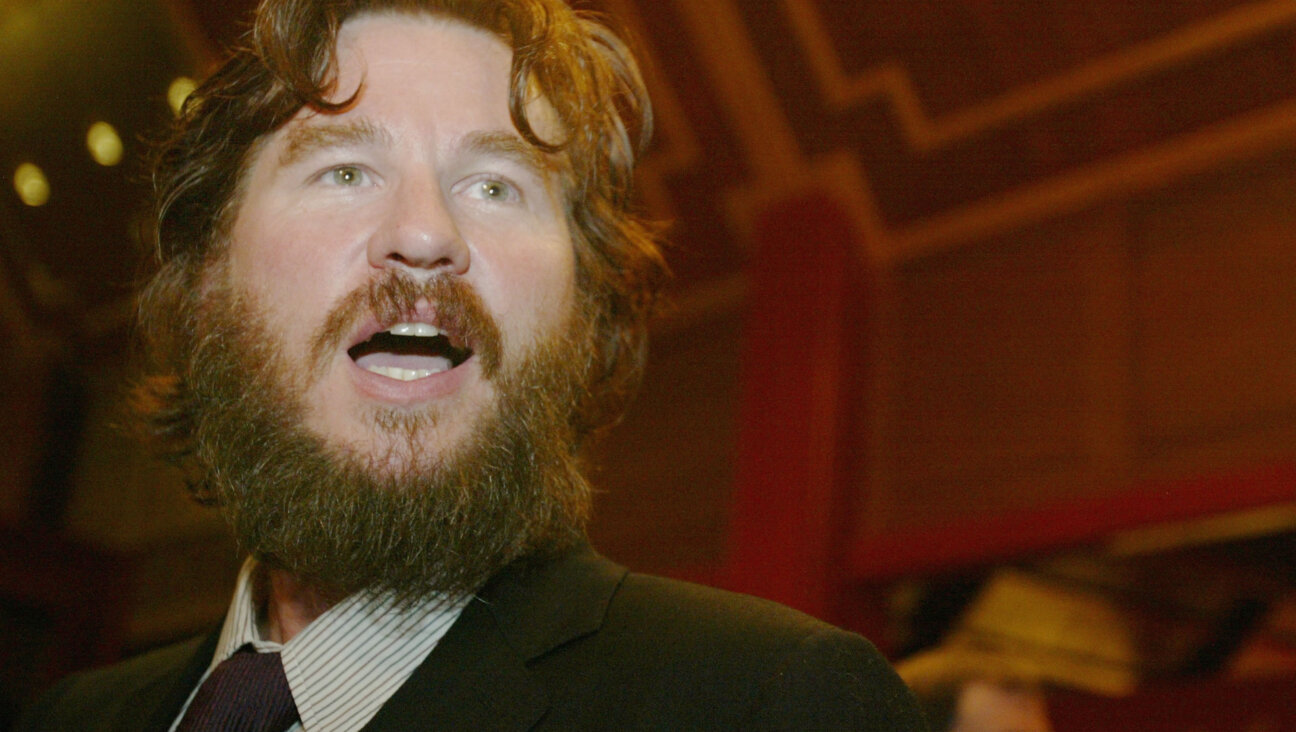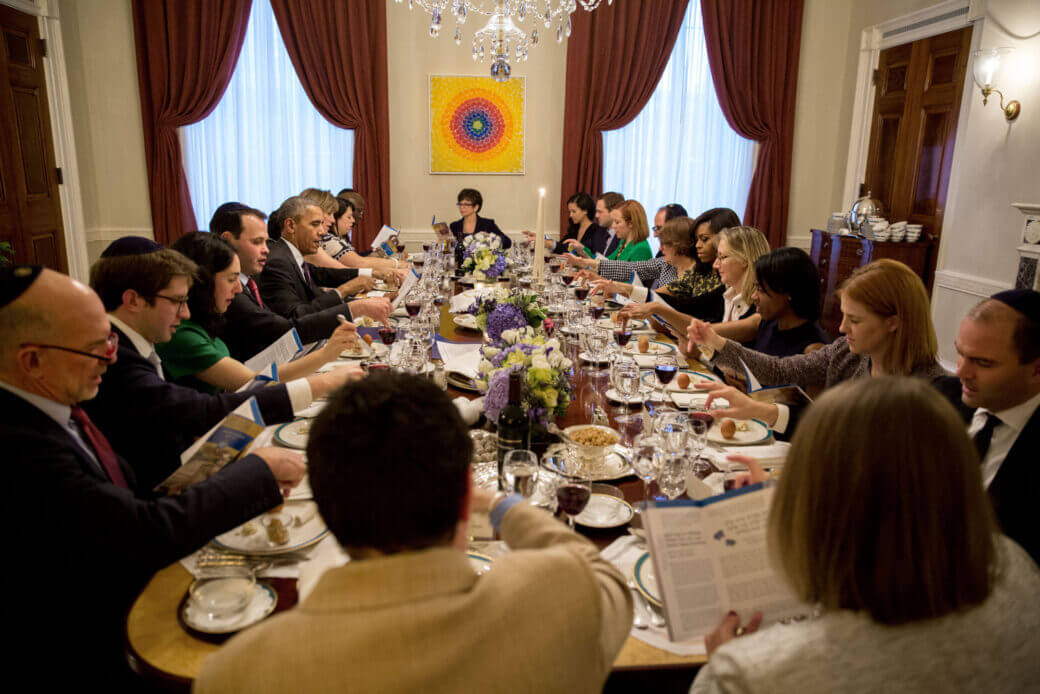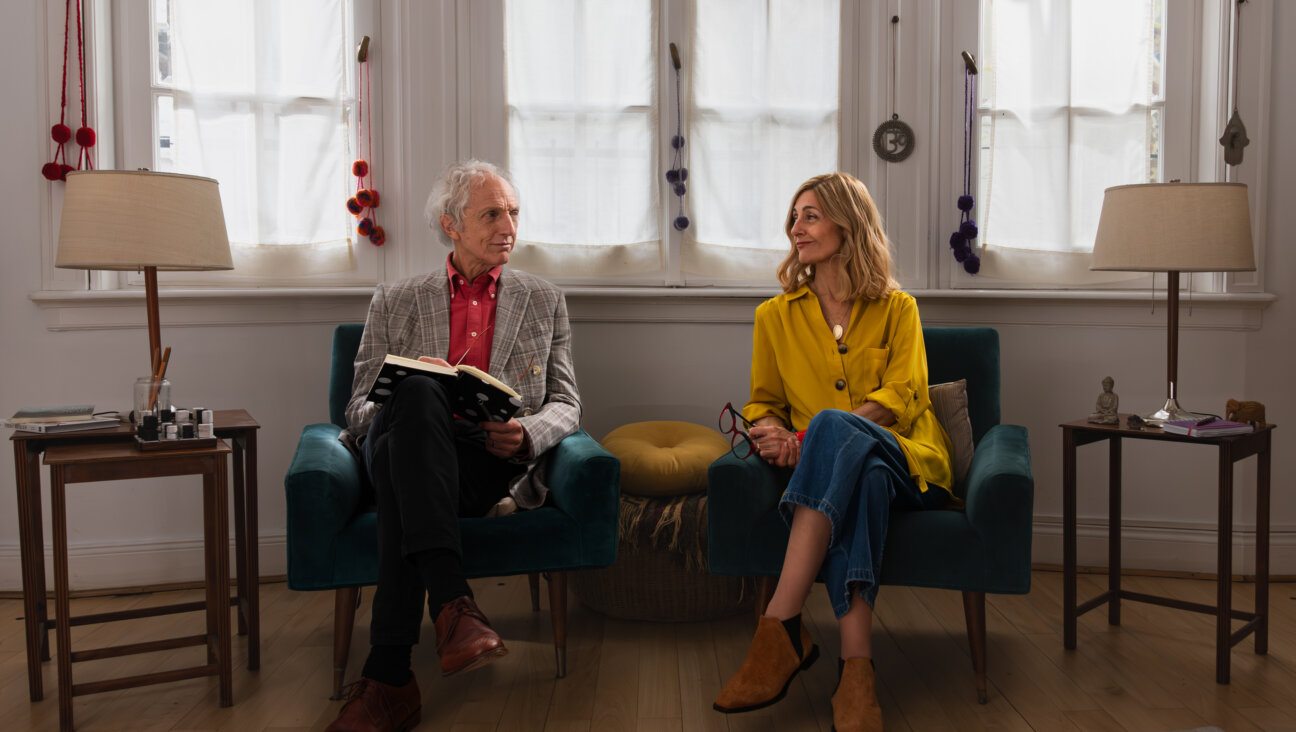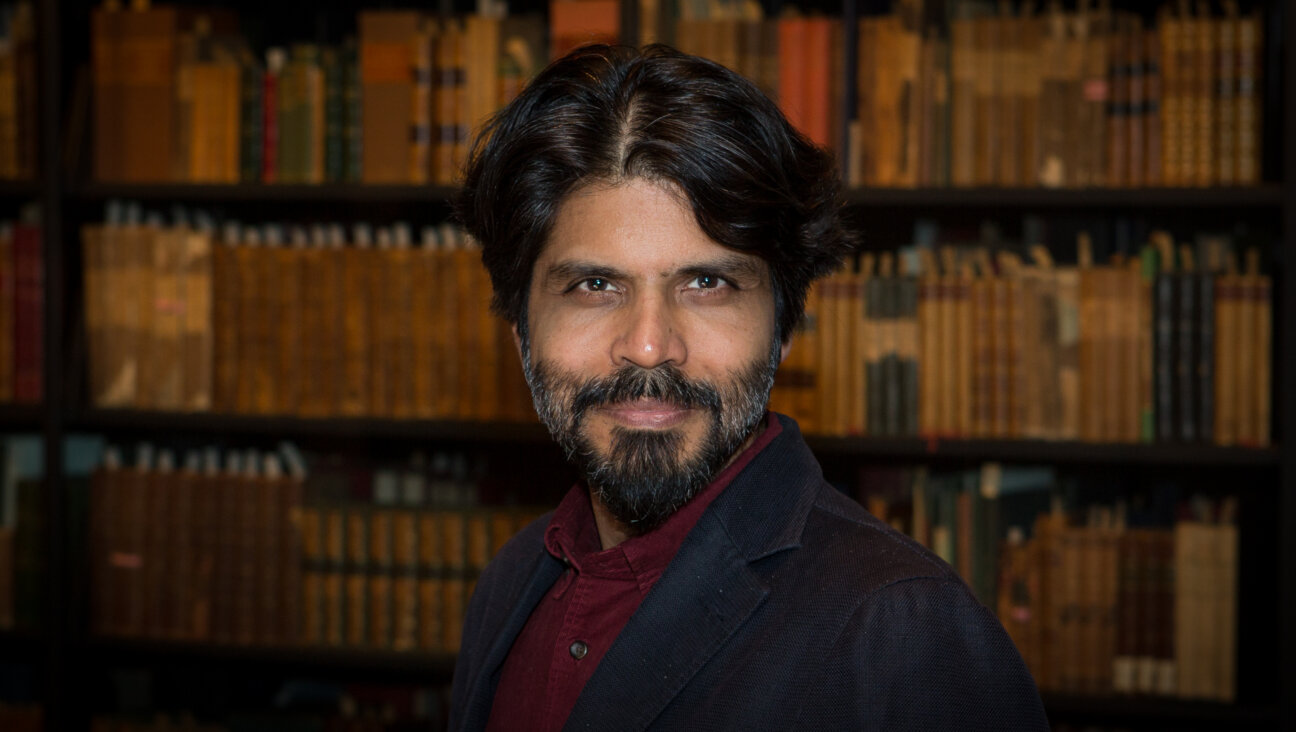A Look Back at a Different Book Burning
Exactly 60 years ago, a group of individuals assembled to burn the prayer book of a Jewish leader and to ostracize him from community life. This event occurred not in Europe but in Manhattan, and the book burners were not Nazis. They were Jews.
On June 12, 1945, at New York City’s Hotel McAlpin, the Union of Orthodox Rabbis of the United States and Canada formally assembled to excommunicate from Judaism what it deemed to be the community’s most heretical voice: Rabbi Mordecai Kaplan, the man who eventually would become the founder of Reconstructionist Judaism. Kaplan, a critic of both Orthodox and Reform Judaism, believed that Jewish practice should be reconciled with modern thought, a philosophy reflected in his “Sabbath Prayer Book” — the target of the 1945 fire.
“Dr. Kaplan has published a new monster that was prepared in the name of a prayer book,” read the formal religious text of the excommunication decree against Kaplan. “Its contents were shown to the eye of every heretic and heresy before the God of Israel and the fields of the faith of Israel’s Torah.”
This was far from the union’s first attack on the eventual founder of Reconstructionism. Formed in 1902, and known in Hebrew as Agudat Harabbanim, the Union of Orthodox Rabbis sought to establish itself as the sole Jewish religious authority in America, the protector of Torah-true Judaism. It battled against the incorporation of secular society in religious life, seeking to seclude itself both geographically in an enclosed community in New York and in its theology.
Kaplan, on the other hand, based his entire career on establishing a pluralistic community for Judaism. Without such a collectivity, he felt that Judaism certainly would die in the modern era. Though representatives of right-wing Judaism had spent decades dealing with issues posed by Reform Judaism, the union saw Kaplan as the most visible representative of its fiercest threat: the Jewish Theological Seminary, where he had been ordained and sat on the faculty at the time. Founded by Orthodox rabbis in 1886, Conservative Judaism, which blended modern scholarship techniques with adherence to traditional religious doctrine, would become the most popular stream of Judaism in America during the postwar era.
Kaplan himself had moved among the denominations, assuming posts at the seminary as well as at Orthodox institutions — including such positions as the rabbi of Kehillat Jeshurun on the Upper East Side and the leader of the Jewish Center on the Upper West Side. Still, the Union of Orthodox Rabbi’s identification of Kaplan with the seminary was particularly ironic, since the seminary had done everything but fire Kaplan prior to 1945.
During the course of his life, Kaplan never really found a comfortable home for himself. On one side, the Union of Orthodox Rabbis launched a theological war against him. But even at the Jewish Theological Seminary, where he served on the faculty from 1909 to 1963, he was an outsider, and often privately considered leaving the institution. In 1941, the faculty illustrated its distaste with Kaplan by penning a unanimous letter to the professor of homiletics, expressing complete disgust with Kaplan’s “The New Haggadah” for the Passover Seder. Four years later, seminary professors Alexander Marx, Louis Ginzberg and Saul Lieberman went public with their rebuke by writing a letter to the Hebrew newspaper Hadoar, lambasting Kaplan’s prayer book and his entire career as a rabbi. Still, as far as the Union of Orthodox Rabbis was concerned, Kaplan was the most noted representative of a tower of heretics at the seminary.
And so, at the largest hotel in New York, the Union of Orthodox Rabbis brought one of the most traditional rituals into the modern era. With an audience of 200 rabbis, Israel Rosenberg, a member of the union, gave a formal speech that addressed Kaplan’s career of afflicting the American Jewish public. Eight rabbis then assembled a formal Jewish court and read the first Psalm, at which point an appointed individual burned a copy of the prayer book in accordance with a particular precedent outlined in the Talmud.
For Kaplan, who spent his entire life attempting to save modern Judaism, the event struck a deep chord.
“If I were asked what I regard as the most disheartening aspect in Jewish life as reflected in the tragicomedy of the herem, I would say that… we have rabbinical gangsters who resort to Nazi methods in order to regain their authority,” Kaplan wrote in his journal four days after the excommunication decree. “And on the other hand our Jewish journalists are cynical about the whole business and treat the very attempt to articulate religious values in terms of a modern outlook in life as silly and superfluous.”
In fact, the whole fracas turned out to be less about Kaplan’s increasing influence than the union’s decreasing influence. By 1945, the union’s rival, the Orthodox Union, already had taken control of American Orthodoxy, particularly in the realm of kashrut, the Jewish dietary laws. But the Conservative movement had also begun to make decisions about religious law, and this was something that the Union of Orthodox Rabbis could not allow.
Its strike against Kaplan boomeranged.
Ultimately the rabbis union issued an edict that was doomed to fail, one that represented the ideals of a group that did not wish to communicate with the time’s pluralistic society. In a pre-emancipated society, a herem devastated both the religious and communal aspects of an individual’s life. But in 20th century New York, Kaplan did not even have the obligation to abide by the technical religious terms of the excommunication decree.
Largely because of a New York Times article that publicized the event to the world, both Jews and the greater American public rallied behind Kaplan and lashed out against the Union of Orthodox Rabbis. It seemed that no one could stomach the sight of books on fire — no matter who had lit the match — only one month after the Allied victory over the Nazis.
Zachary Silver recently graduated from the University of Pennsylvania, majoring in history and Jewish studies.
The Forward is free to read, but it isn’t free to produce

I hope you appreciated this article. Before you go, I’d like to ask you to please support the Forward.
At a time when other newsrooms are closing or cutting back, the Forward has removed its paywall and invested additional resources to report on the ground from Israel and around the U.S. on the impact of the war, rising antisemitism and polarized discourse.
Readers like you make it all possible. We’ve started our Passover Fundraising Drive, and we need 1,800 readers like you to step up to support the Forward by April 21. Members of the Forward board are even matching the first 1,000 gifts, up to $70,000.
This is a great time to support independent Jewish journalism, because every dollar goes twice as far.
— Rachel Fishman Feddersen, Publisher and CEO
2X match on all Passover gifts!
Most Popular
- 1
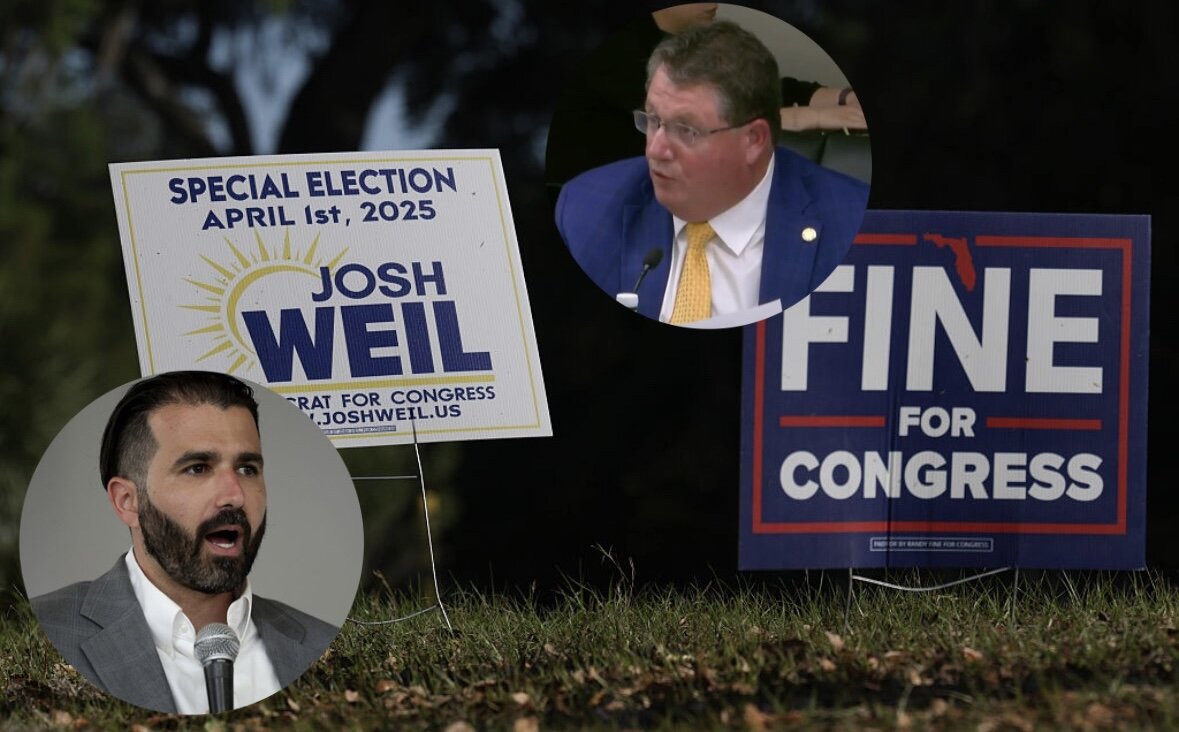
News A Jewish Republican and Muslim Democrat are suddenly in a tight race for a special seat in Congress
- 2

Film & TV What Gal Gadot has said about the Israeli-Palestinian conflict
- 3

Fast Forward The NCAA men’s Final Four has 3 Jewish coaches
- 4

Fast Forward Cory Booker proclaims, ‘Hineni’ — I am here — 19 hours into anti-Trump Senate speech
In Case You Missed It
-

News Who would protect New York Jews better? Cuomo and Lander trade attacks on the campaign trail
-
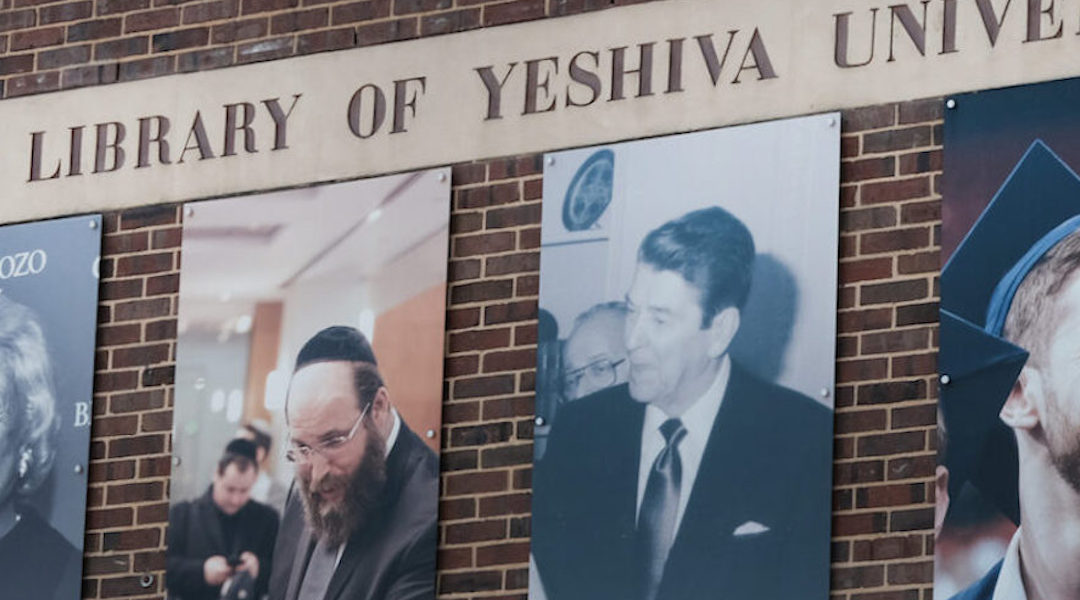
News Rabbis revolt over LGBTQ+ club, exposing fight over queer acceptance at Yeshiva University
-
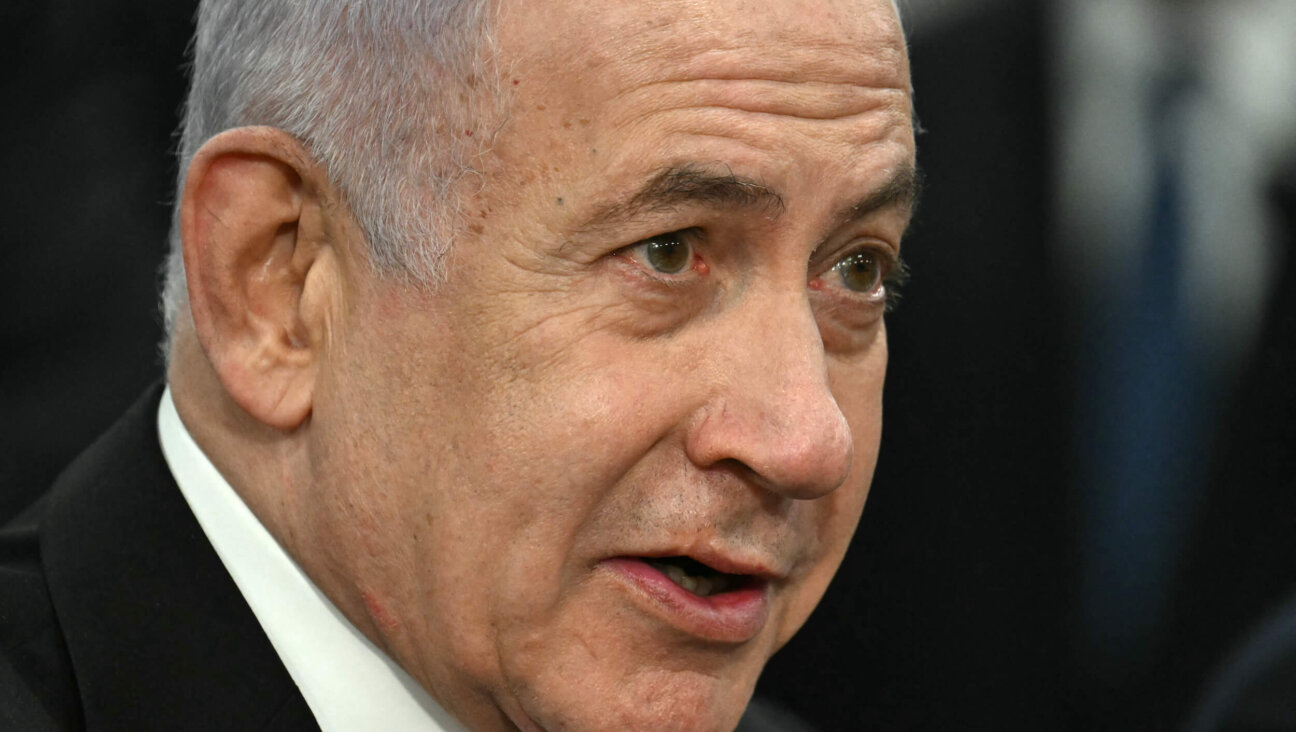
Opinion In Qatargate fiasco, Netanyahu’s ‘witch hunt’ narrative takes cues from Trump
-
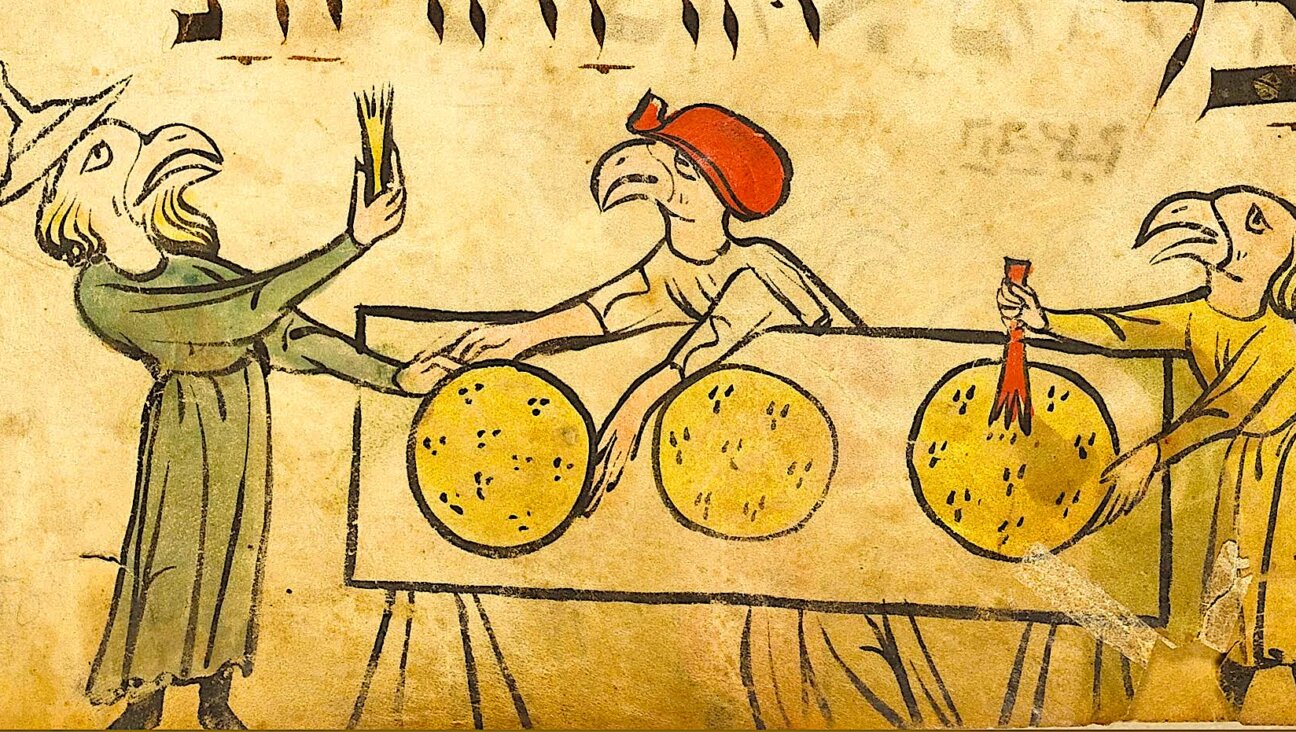
Yiddish די הגדה ווי אַ לעבעדיקער דענקמאָל פֿון אַשכּנזישער פּאָעזיעThe Haggadah as a living monument to Ashkenazi poetry
אַמאָל זענען די פּייטנים, מיסטישע דיכטער־וויזיאָנערן, געווען אויבן־אָן בײַ די פֿראַנצויזישע און דײַטשישע ייִדן.
-
Shop the Forward Store
100% of profits support our journalism
Republish This Story
Please read before republishing
We’re happy to make this story available to republish for free, unless it originated with JTA, Haaretz or another publication (as indicated on the article) and as long as you follow our guidelines.
You must comply with the following:
- Credit the Forward
- Retain our pixel
- Preserve our canonical link in Google search
- Add a noindex tag in Google search
See our full guidelines for more information, and this guide for detail about canonical URLs.
To republish, copy the HTML by clicking on the yellow button to the right; it includes our tracking pixel, all paragraph styles and hyperlinks, the author byline and credit to the Forward. It does not include images; to avoid copyright violations, you must add them manually, following our guidelines. Please email us at [email protected], subject line “republish,” with any questions or to let us know what stories you’re picking up.







